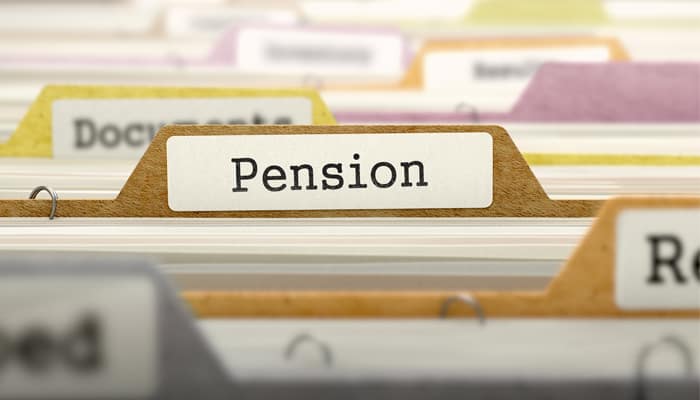Blogs › The Employer’s Guide to Workplace Pensions
The Employer’s Guide to Workplace Pensions

© tashatuvango / Adobe Stock
Why was the workplace pension launched?
The workplace pension is aimed at ensuring more people have enough money to live on when they retire. For many, their pension will be much lower than their salary and they won't be well-off in old age.
Research by Scottish Widows revealed the average 30-year-old, earning a salary of £27,271 per year and contributing a minimal amount towards their pension pot, will receive only between £9,734 and £14,047 per year when they retire. This is less than half the salary they receive now - and why the workplace pension scheme, with the employer's contribution, is so important.
Further research, by insurance provider LV, suggested a massive 62% of 45 to 54-year-olds didn't even know how much they had saved for retirement. The basic State Pension in the UK currently stands at £137.60 per week. To receive it, people must pay their National Insurance contributions.
The workplace pension scheme is aimed at ensuring Britain's ageing population has sufficient money to live on after retirement. It was launched in 2008 to encourage employees to start building up retirement benefits, with the help of their employer.
What do employers need to contribute?
The amount paid by the employer, the employee and the government will depend on several variables, including the type of workplace pension scheme in operation; whether the employee has been automatically enrolled; or whether they have opted in voluntarily.
For example, if an employee puts £40 per month into the workplace pension scheme and the employer puts in £30, the employee will receive £10 tax relief from the government. This means £80 goes into their pension pot monthly. Tax relief is normally awarded to any employee who pays income tax and contributes to a workplace pension or personal pension.
The government advises employees to ask their employer about the pension scheme rules at their workplace. In most automatic enrolment schemes, the employees will make contributions based on their total earnings, if they are between £6,240 and £50,270 per year before tax.
Other variables come into play, such as whether an employee receives commission or bonuses, whether they work overtime and various other factors that might boost their income.
Can employers contribute more?
Employers must contribute the minimum amount to the employees' workplace pension by law. However, in some schemes, the employer can choose to pay more than the legal minimum amount.
In such schemes, the employee can pay less, as long as the employer pays in enough to meet the statutory total minimum contribution.
What happens if employers do not contribute?
An employer can't force employees to opt-out of the workplace pension scheme or dismiss an enrolled employee in favour of another who chooses to opt-out of the scheme, as this is unfair dismissal. A company's workplace pension scheme cannot be closed down either without enrolling all the members automatically into another one.
If an employer doesn't pay the employees' contributions to the pension scheme, then the scheme's trustees can report this to the Pensions Regulator. They can make such a report when the contributions are 90 days late. The trustees must keep the employees informed of the ongoing situation.
By law, an employer can't refuse to make workplace pension contributions. The employer is responsible for meeting their legal duties in automatically enrolling employees and paying their own contribution.
If the employer doesn't comply, the Pensions Regulator may launch enforcement action, such as a compliance notice and fines. When the employer complies later than the payment deadline, they must pay all the arrears of missed contributions so the employee doesn't lose out.
As part of any enforcement action, the penalty may include forcing the employer to pay the affected staff member’s contributions, as well as their own, for the period in question. If the employer refuses to pay any fine issued, the Pensions Regulator can recover the debt through court action.
How can accountants help organise workplace pensions?
As an employer, you may wish to use the services of a professional accountant to help organise your workplace pensions. Not only will this ensure your business is prepared for automatic enrolment, but it will also help you with all aspects of the workplace pensions process.
An accountant will act as your point of contact, including checking on who will be enrolled, determining the costs, enrolling the employees on your behalf and making sure you continue to fulfil your ongoing duties.
Contact DL Accounts for information on our pension and payroll services for businesses of all sizes and sectors.
Keep Reading: Workplace Pensions: Obligations as an Employer.

